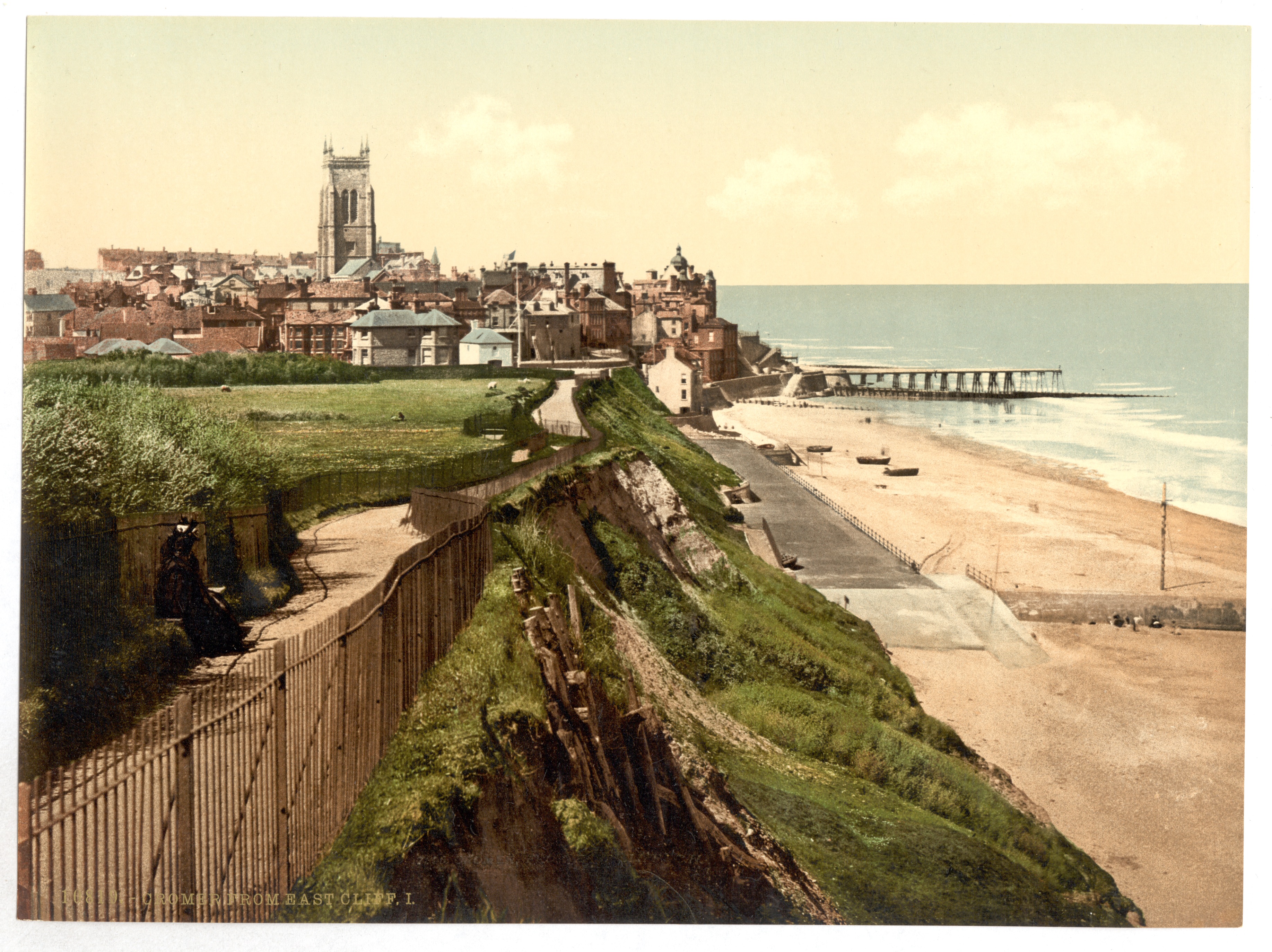|
SS Corduff
SS ''Corduff'', a laden 2345 grt Collier (ship), collier in East Coast convoy FS 32, was damaged, though without casualties, in an attack by Stuka dive bomber, Stuka divebombers in the Barrow Deep on 11 November 1940. One website wrongly attributes the attack to a Heinkel. (Sources--Convoy Reports ADM 199/39, Nore Cmd War Diaries ADM 199/375 at National Archives; Peter C Smith "Divebomber"' J Foreman "The Battle of Britain--The Forgotten MonthsNovember & December 1940). On the night of 7/8 March 1941 she was torpedoed and sunk by German E-boat, E-Boat ''S28'' while heading north with a convoy off Cromer. Seven of her crew were lost, and, after drifting for some hours and being hailed by the E-boat captain, the other 14 (including Captain Rees) were found by the Cromer Lifeboat Station, Cromer lifeboat RNLB H F Bailey (ON 777), ''H F Bailey''. It was the night of the most successful E-Boat raid on East Coast merchant shipping, with six other ships sunk. Corduff belonged to Cory (c ... [...More Info...] [...Related Items...] OR: [Wikipedia] [Google] [Baidu] |
Cory (company)
Cory is a recycling and waste management company based in London. Originally founded as William Cory & Son in 1896, the company has operated vessels on the River Thames for more than 125 years, transporting a range of commodities and materials including coal, oil, aggregates and waste. Ships from Cory's fleet supported Britain's war efforts in both world wars, with 30 ships being lost during the conflicts. From the 1980s onwards, the business has become increasingly focused on waste management. Locations and operations Cory’s site footprint spans the length of the Thames from Wandsworth in the west to Gravesend in the east. The company operates: * five waste transfer stations providing river access for London and the South East, including eight London Boroughs: Hammersmith and Fulham, the Royal Borough of Kensington and Chelsea, Wandsworth, Lambeth, the City of London, Tower Hamlets, Barking and Dagenham, and Bexley. * a fleet of five tugs and more than 50 barges transporti ... [...More Info...] [...Related Items...] OR: [Wikipedia] [Google] [Baidu] |
Swan Hunter
Swan Hunter, formerly known as Swan Hunter & Wigham Richardson, is a shipbuilding design, engineering, and management company, based in Wallsend, Tyne and Wear, England. At its apex, the company represented the combined forces of three powerful shipbuilding families: Swan, Hunter and Wigham Richardson. The company was responsible for some of the greatest ships of the early 20th century, most famously which held the Blue Riband for the fastest crossing of the Atlantic, and which rescued survivors from . In 2006 ''Swan Hunter'' ceased vessel construction on Tyneside, but continues to provide design engineering services. History Swan & Hunter was founded by George Burton Hunter, who formed a partnership with the widow of Charles Sheridan Swan (the owner of a Wallsend Shipbuilding business established in 1852 by Charles Mitchell) under the name in 1880. In 1903, C.S. Swan & Hunter merged with Wigham Richardson (founded by John Wigham Richardson as Neptune Works in 1860 ... [...More Info...] [...Related Items...] OR: [Wikipedia] [Google] [Baidu] |
Wallsend
Wallsend is a town in North Tyneside, England, at the eastern end of Hadrian's Wall. It has a population of 43,842 and lies east of Newcastle upon Tyne. History Roman Wallsend In Roman times, this was the site of the fort of Segedunum. This fort protected the eastern end of Hadrian's Wall, which did not terminate at the western wall of the fort, but continued from its south-eastern corner down to the shore of the River Tyne. As David Breeze writes, "In the early nineteenth century, as recorded by Bruce, John Buddle the Younger had often seen the Wall foundations extending far into the river when swimming there as a boy." Pre-Conquest The withdrawal of the Romans from the Wall immediately brought the Picts from the north and shortly afterwards the Angles, sailing from near the mouth of the River Elbe with frequent raids both from sea and from land. Ida the Saxon laid waste to the whole of the north in 547 and Wallsend doubtless suffered in the general devastation. It was n ... [...More Info...] [...Related Items...] OR: [Wikipedia] [Google] [Baidu] |
Triple Expansion Steam Engine
A compound steam engine unit is a type of steam engine where steam is expanded in two or more stages. A typical arrangement for a compound engine is that the steam is first expanded in a high-pressure ''(HP)'' cylinder, then having given up heat and losing pressure, it exhausts directly into one or more larger-volume low-pressure ''(LP)'' cylinders. Multiple-expansion engines employ additional cylinders, of progressively lower pressure, to extract further energy from the steam. Invented in 1781, this technique was first employed on a Cornish beam engine in 1804. Around 1850, compound engines were first introduced into Lancashire textile mills. Compound systems There are many compound systems and configurations, but there are two basic types, according to how HP and LP piston strokes are phased and hence whether the HP exhaust is able to pass directly from HP to LP ( Woolf compounds) or whether pressure fluctuation necessitates an intermediate "buffer" space in the form of a st ... [...More Info...] [...Related Items...] OR: [Wikipedia] [Google] [Baidu] |
Collier (ship)
A collier is a bulk cargo ship designed or used to carry coal. Early evidence of coal being transported by sea includes use of coal in London in 1306. In the fourteenth and fifteenth centuries, coal was shipped from the River Tyne to London and other destinations. Other ports also exported coal for instance the Old Quay in Whitehaven harbour was built in 1634 for the loading of coal. London became highly reliant on the delivery of coal by sea Samuel Pepys expressed concern in the winter of 166667 that war with the Dutch would prevent a fleet of 200 colliers getting through. In 1795, 4,395 cargoes of coal were delivered to London. By 1824, this number had risen to about 7,000; by 1839, it was over 9,000. The trade continued to the end of the twentieth century, with the last cargo of coal leaving the Port of Tyne in February, 2021. The earliest type of collier on which there is detailed information is the Whitby-built ''cat''. These were bluff-bowed, round-sterned, strongly-b ... [...More Info...] [...Related Items...] OR: [Wikipedia] [Google] [Baidu] |
Stuka Dive Bomber
The Junkers Ju 87 or Stuka (from ''Sturzkampfflugzeug'', "dive bomber") was a German dive bomber and ground-attack aircraft. Designed by Hermann Pohlmann, it first flew in 1935. The Ju 87 made its combat debut in 1937 with the Luftwaffe's Condor Legion during the Spanish Civil War of 1936–1939 and served the Axis in World War II from beginning to end (1939–1945). The aircraft is easily recognisable by its inverted gull wings and fixed spatted undercarriage. Upon the leading edges of its faired main gear legs were mounted ram-air sirens known as ', which became a propaganda symbol of German air power and of the so-called ''Blitzkrieg'' victories of 1939–1942, as well as providing Stuka pilots with audible feedback as to speed. The Stuka's design included several innovations, including automatic pull-up dive brakes under both wings to ensure that the aircraft recovered from its attack dive even if the pilot blacked out from the high g-forces. The Ju 87 operated with con ... [...More Info...] [...Related Items...] OR: [Wikipedia] [Google] [Baidu] |
E-boat
E-boat was the Western Allies' designation for the fast attack craft (German: ''Schnellboot'', or ''S-Boot'', meaning "fast boat") of the Kriegsmarine during World War II; ''E-boat'' could refer to a patrol craft from an armed motorboat to a large ''Torpedoboot.'' The name of E-boats was a British designation using the letter ''E'' for ''Enemy'', The main wartime production boats, the ''S-100'' class, were very seaworthy, heavily armed and capable of sustaining , briefly accelerating to . These were armed with torpedoes and Flak guns; commonly one 37 mm at the stern, one 20 mm at the bow with a twin mount amidships, plus machine guns. Armament varied and some ''S-100''s substituted a 40mm Bofors or, less commonly, a 20mm ''flakvierling'' mount for the aft 37mm cannon. The ''S-100''-class boats were long and in beam. Their diesel engines provided a range of , substantially greater than the gasoline-fueled American PT boats and British motor torpedo boats (MTBs ... [...More Info...] [...Related Items...] OR: [Wikipedia] [Google] [Baidu] |
Cromer
Cromer ( ) is a coastal town and civil parish on the north coast of the English county of Norfolk. It is north of Norwich, north-northeast of London and east of Sheringham on the North Sea coastline. The local government authorities are North Norfolk District Council, whose headquarters is on Holt Road in the town, and Norfolk County Council, based in Norwich. The civil parish has an area of and at the 2011 census had a population of 7,683. The town is notable as a traditional tourist resort and for the Cromer crab, which forms the major source of income for local fishermen. The motto ''Gem of the Norfolk Coast'' is highlighted on the town's road signs. History The town has given its name to the '' Cromerian Stage'' or ''Cromerian Complex'', also called the ''Cromerian'', a stage in the Pleistocene glacial history of north-western Europe. Cromer is not mentioned in the ''Domesday Book'' of 1086. The place-name 'Cromer' is first found in a will of 1262 and could mea ... [...More Info...] [...Related Items...] OR: [Wikipedia] [Google] [Baidu] |
Cromer Lifeboat Station
Cromer Lifeboat Station is an RNLI station located in the town of Cromer in the English county of Norfolk. The station operates two lifeboats - one for inshore work and the other for offshore work. The current lifeboat station on the end of Cromer Pier was re-built between 1997 and 1999 to replace the smaller 1923 one which was re-located to Southwold in Suffolk where it is used as a lifeboat museum. The new boathouse cost approximately £3 million which was funded by bequests and private donations. Retrieved 2 March 2010 Cromer Lifeboat station is one of the most famous of the lifeboat stations operated by the RNLI.Cromer Lifeboat, A pictorial history, By Nicholas Leach & Paul Russell, Pub; Landmark Collector’s Library, There has been a lifeboat service opera ... [...More Info...] [...Related Items...] OR: [Wikipedia] [Google] [Baidu] |
RNLB H F Bailey (ON 777)
RNLB ''H F Bailey'' (ON 777) is the most famous Royal National Lifeboat Institution (RNLI) lifeboat to have served from Cromer, because she was used by Coxswain Henry Blogg to perform many of his most famous lifesaving exploits. The lifeboat was on station for the ten years between 1935 and 1945. She is now part of the National Historic Fleet and has been preserved in the RNLI Henry Blogg Museum in Cromer. From 1923 to the end of the Second World War in 1945 the Cromer station had four motor-powered lifeboats all called ''H F Bailey'' after the donor, Mr Henry Francis Bailey, a London merchant who had been born in Brockenhurst, Norfolk and had died in 1916. Construction ''H F Bailey'' was built at the yard of Groves and Guttridge Ltd on the Isle of Wight. Her hull is constructed using double diagonal planking of Honduras mahogany on a framework of teak ribs and beams, with the stem and stern posts and her keel of English oak. The stern and stem posts are grown to th ... [...More Info...] [...Related Items...] OR: [Wikipedia] [Google] [Baidu] |
The National Archives (United Kingdom)
The National Archives (TNA, cy, Yr Archifau Cenedlaethol) is a non-ministerial government department, non-ministerial department of the Government of the United Kingdom. Its parent department is the Department for Digital, Culture, Media and Sport of the United Kingdom of Great Britain and Northern Ireland. It is the official archive of the UK Government and for England and Wales; and "guardian of some of the nation's most iconic documents, dating back more than 1,000 years." There are separate national archives for Scotland (the National Records of Scotland) and Northern Ireland (the Public Record Office of Northern Ireland). TNA was formerly four separate organisations: the Public Record Office (PRO), the Royal Commission on Historical Manuscripts, Historical Manuscripts Commission, the Office of Public Sector Information (OPSI) and Office of Public Sector Information, His Majesty's Stationery Office (HMSO). The Public Record Office still exists as a legal entity, as the enabl ... [...More Info...] [...Related Items...] OR: [Wikipedia] [Google] [Baidu] |
1923 Ships
Nineteen or 19 may refer to: * 19 (number), the natural number following 18 and preceding 20 * one of the years 19 BC, AD 19, 1919, 2019 Films * ''19'' (film), a 2001 Japanese film * ''Nineteen'' (film), a 1987 science fiction film Music * 19 (band), a Japanese pop music duo Albums * ''19'' (Adele album), 2008 * ''19'', a 2003 album by Alsou * ''19'', a 2006 album by Evan Yo * ''19'', a 2018 album by MHD * ''19'', one half of the double album '' 63/19'' by Kool A.D. * '' Number Nineteen'', a 1971 album by American jazz pianist Mal Waldron * ''XIX'' (EP), a 2019 EP by 1the9 Songs * "19" (song), a 1985 song by British musician Paul Hardcastle. * "Nineteen", a song by Bad4Good from the 1992 album ''Refugee'' * "Nineteen", a song by Karma to Burn from the 2001 album ''Almost Heathen''. * "Nineteen" (song), a 2007 song by American singer Billy Ray Cyrus. * "Nineteen", a song by Tegan and Sara from the 2007 album '' The Con''. * "XIX" (song), a 2014 song by Slipkno ... [...More Info...] [...Related Items...] OR: [Wikipedia] [Google] [Baidu] |







